Hand pollinating
Klea
10 years ago
Featured Answer
Comments (13)
epiphyte78
10 years agotigerdawn
10 years agoRelated Professionals
Wrentham Landscape Architects & Landscape Designers · Severn Landscape Architects & Landscape Designers · Burlington Landscape Contractors · Aloha Landscape Contractors · Bainbridge Island Landscape Contractors · Beverly Hills Landscape Contractors · Chattanooga Landscape Contractors · Deerfield Beach Landscape Contractors · Dickinson Landscape Contractors · Galt Landscape Contractors · Las Vegas Landscape Contractors · Milford Mill Landscape Contractors · Monterey Landscape Contractors · San Rafael Landscape Contractors · Quartz Hill Landscape Contractorsbrsucculents
10 years agogreedygh0st
10 years agorestoner
10 years agoKlea
10 years agorennfl
10 years agoKlea
10 years agobrsucculents
10 years agoepiphyte78
10 years agorestoner
10 years agoepiphyte78
10 years ago
Related Stories
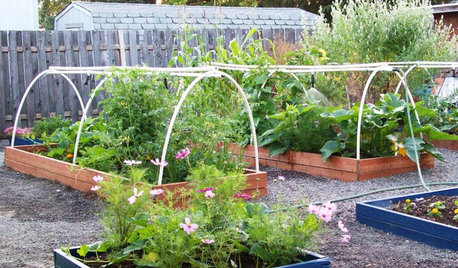
BENEFICIAL INSECTSAttract Pollinators for a Productive Edible Garden
You can lure bees, butterflies and birds into your yard with the right flowers and nesting spots
Full Story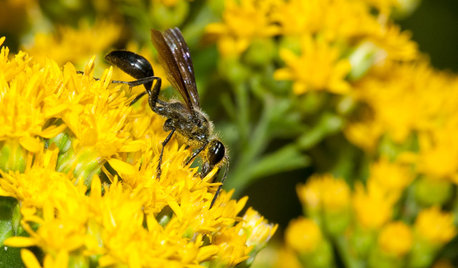
GARDENING GUIDESMeet the Grass-Carrying Wasp, a Gentle Pollinator of Summer Flowers
These fascinating insects nest in wood cavities and hollow plant stems
Full Story
FARM YOUR YARDHello, Honey: Beekeeping Anywhere for Fun, Food and Good Deeds
We need pollinators, and they increasingly need us too. Here, why and how to be a bee friend
Full Story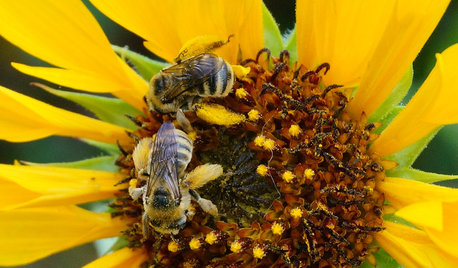
EARTH DAY12 Entertaining ‘Bee-haviors’ of Native Bees
The parade of pollinator antics is another reason to create a garden that nurtures native bees
Full Story
GARDENING AND LANDSCAPINGBid Bad Garden Bugs Goodbye and Usher In the Good
Give ants their marching orders and send mosquitoes moseying, while creating a garden that draws pollinators and helpful eaters
Full Story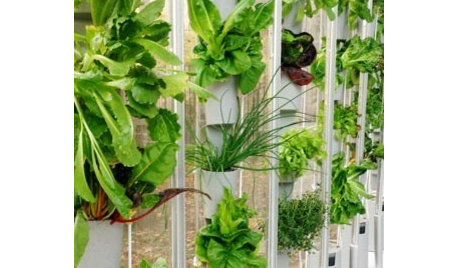
PRODUCT PICKSGuest Picks: High-Tech Plant Helpers
Hydroponics, monitoring systems, even an electric pollinator ... these gadgets and services keep your greenery growing strong
Full Story
GARDENING AND LANDSCAPINGBe a Citizen Scientist to Help Wildlife, Learn and Have Fun Too
Track butterflies, study birds, capture stars ... when you aid monitoring efforts, you’re lending Mother Nature a hand
Full Story
EDIBLE GARDENSSummer Crops: How to Grow Squash
Almost foolproof and with cheerful flowers, squash comes in a wide range of varieties to plant in spring
Full Story
GARDENING FOR BUTTERFLIESGardening for the Bees, and Why It’s a Good Thing
When you discover how hard bees work for our food supply, you may never garden without them in mind again
Full Story
FARM YOUR YARD6 Things to Know Before You Start Growing Your Own Food
It takes time and practice, but growing edibles in the suburbs or city is possible with smart prep and patience
Full StorySponsored
Franklin County's Preferred Architectural Firm | Best of Houzz Winner
More Discussions








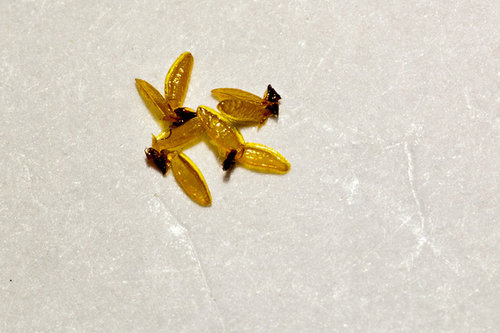
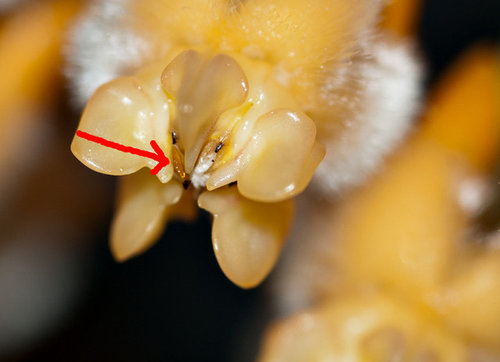

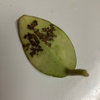
KleaOriginal Author